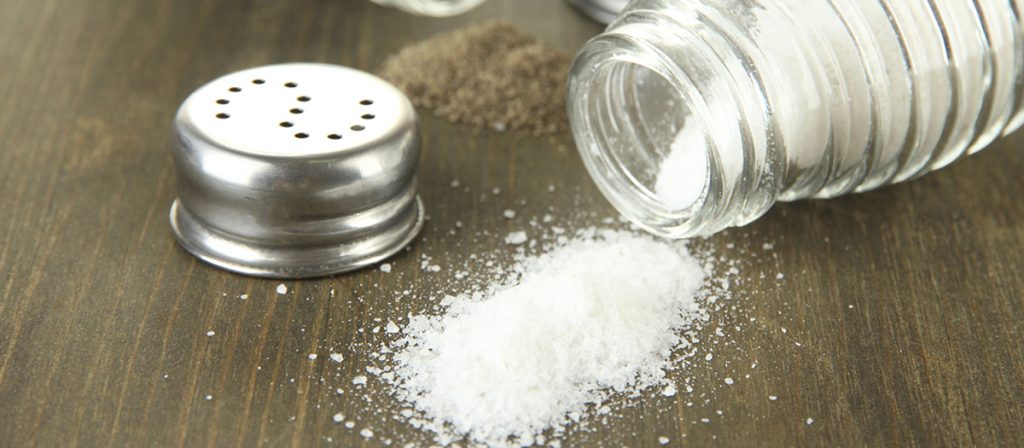Warning labels on salt packages and dispenses – policy statement from the World Hypertension League

The World Hypertension League (WHL) have highlighted the need for a hard-hitting approach to dietary salt reduction given the ongoing burden of disease attributable to a high salt intake. Find the full statement here. WHL established a coalition of global experts who have called for salt packages and dispensers to carry warning labels highlighting the […]
European Salt Action Network restates support for WHO goal of reducing salt intake to 5 g per day or less

The WHO European Salt Action Network (ESAN) released a statement in support of population approaches for salt reduction to prevent cardiovascular diseases. The statement was issued in light of recent publications that have created controversy by questioning the guideline set by the WHO towards a salt intake of 5g per day or less. The statement by […]
Using dietary intake modelling to achieve population salt reduction- World Health Organisation Europe

The WHO Europe office have released a policy brief as a guiding document for countries to identify specific sources of salt in the diet, assessing the contribution to overall salt intake by a Salt Reduction Model. This process will allow countries to come up with targeted salt reduction interventions. The 5 steps to creating a […]